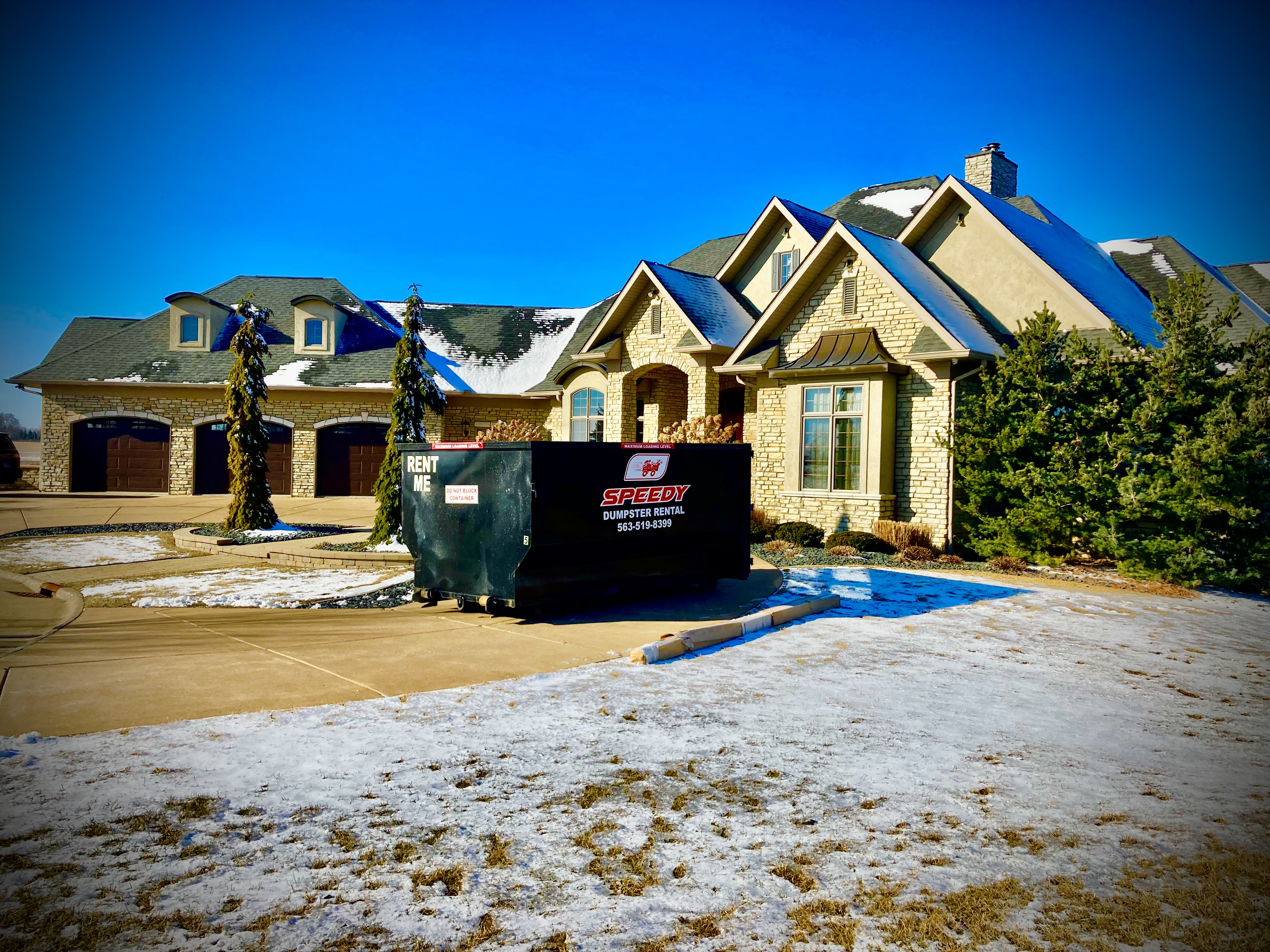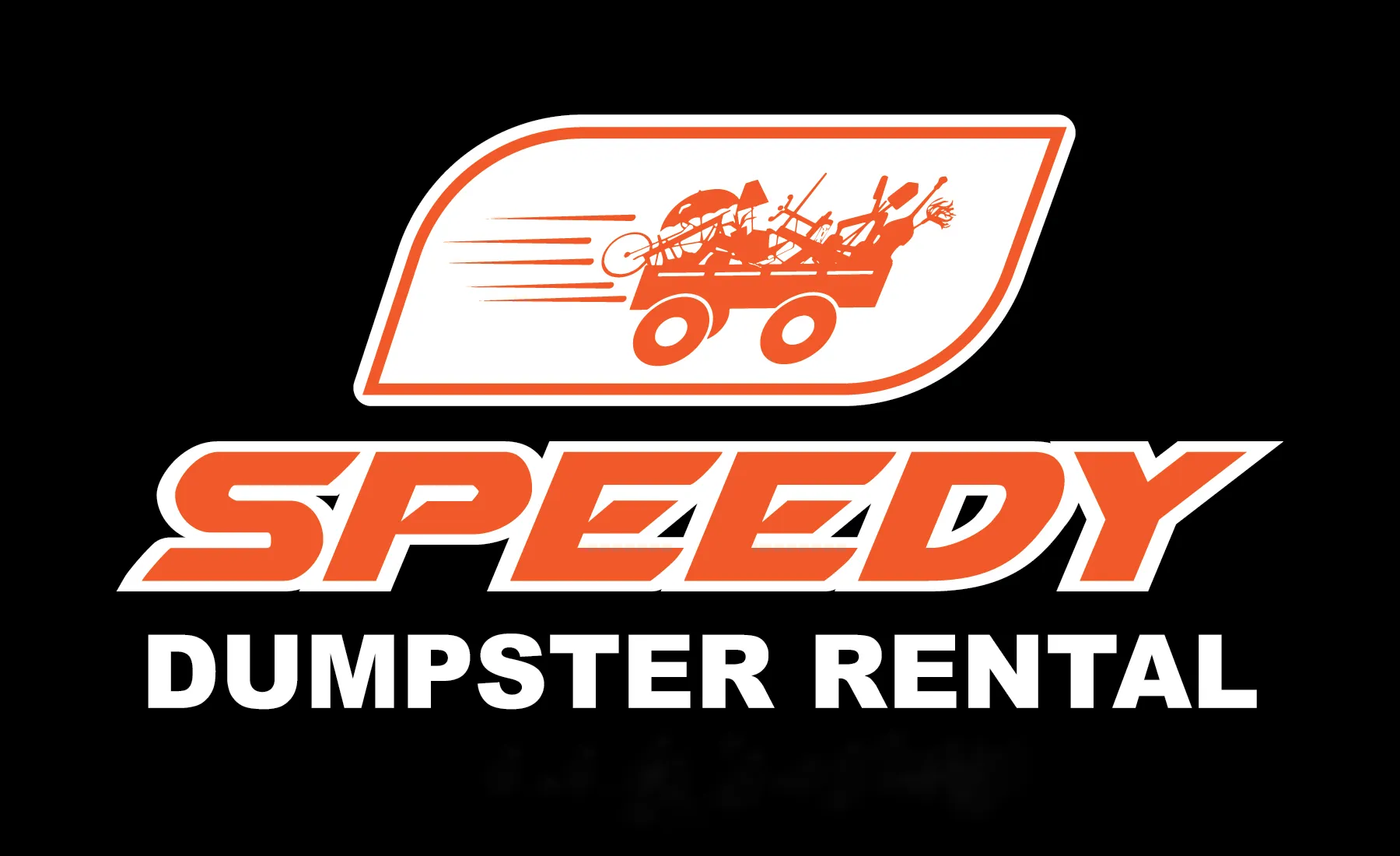OFFICE HOURS
Monday - Sunday: 7:00 AM - 7:30 PM

Construction Dumpster in Bettendorf, IA
Construction Dumpster Bettendorf IA rental with delivery and staging; learn sizes, access, and scheduling.
Construction Dumpster in Bettendorf, IA
Construction dumpster solutions in Bettendorf, IA give contractors and property owners a reliable way to manage demolition debris, remodel waste, and jobsite refuse while complying with local rules and seasonal challenges. Bettendorf projects face specific considerations: Mississippi River proximity and periodic flooding in low areas, clay and sand soils that become muddy in spring, and cold winters that can affect site access. This page explains container sizes, staging and access requirements, load and weight policies, delivery and swap-out schedules, debris sorting and recycling practices, and best practices for contractors managing multiple jobs in Bettendorf.
Common container sizes and recommended uses
Construction dumpsters are offered in heavy-duty sizes to match different project scopes. Typical size options and use cases include:
- 10 cubic yard: small remodels, cleanouts, single-room demo, compact job sites
- 15 cubic yard: kitchen or bathroom renovations, small residential jobs
- 20 cubic yard: full home remodels, light construction debris
- 30 cubic yard: larger remodels, new builds with moderate framing waste
- 40 cubic yard: major demolition, roofing tear-offs, commercial projects
Choose a size based on material type and project duration. For example, heavy materials like concrete and brick fill weight limits faster than bulky but light materials like insulation or drywall. For Bettendorf homes with narrow driveways or tight street access, 10 to 20 cubic yard units are often the most practical.
Staging and site access requirements
Proper staging keeps your project efficient and prevents property damage. Key site access considerations:
- Surface: Place dumpsters on a level, stable surface. Driveways, paved pads, or compacted gravel are ideal. For grass or pavers, use plywood or protective boards to prevent gouging or rutting.
- Overhead and width clearance: Ensure at least 10 feet of vertical clearance for roll-off trucks and 10 to 12 feet of horizontal clearance through gates and between vehicles. Narrow alleys and low-hanging lines can obstruct delivery.
- Street placement and permits: Placement on public streets, sidewalks, or in the right-of-way often requires a permit from the City of Bettendorf. Coordinate permits early in the planning phase to avoid delays.
- Flood and seasonal considerations: Avoid low-lying areas prone to Mississippi River overflow. In spring when soils are saturated, consider staging on paved or raised surfaces to prevent sinking. Winter delivery may require salt/grit or cleared access for safe placement.
- Neighbor and traffic impact: Position containers to minimize interference with pedestrian routes, driveways, and emergency access.
Load and weight policies, and prohibited items
Understanding load limits and prohibited materials prevents fines, delays, and safety hazards.
- Weight allowances: Containers have both volume capacity and weight limits. Heavy debris like concrete, asphalt, brick, and large amounts of dirt can reach weight limits before the container looks full. Typical maximum gross weights vary by size and local regulations; heavy loads may incur additional weight fees.
- Even loading: Distribute material evenly across the container floor to avoid tipping and to maximize usable capacity. Do not pile material above the container rim.
- Prohibited items: Do not place hazardous or regulated wastes in the dumpster. Common prohibited items include:
- Paints, solvents, and household chemicals
- Batteries and fluorescent bulbs
- Asbestos-containing materials
- Refrigerant-containing appliances (refrigerators, freezers) unless refrigerant is removed
- Tires and automotive fluids
- Medical waste and sharps
- Oil-soaked rags and petroleum-soaked materials
- Heavy material handling: For concrete, brick, and tile, consider separate containers or staged loads to manage weight. Breaking large pieces into smaller chunks helps distribute weight and increases usable volume.
Delivery, swap-out schedules, and logistics
Reliable scheduling keeps projects moving and prevents jobsite clutter.
- Delivery windows: Most services offer scheduled delivery windows. For Bettendorf projects near commercial corridors, plan deliveries outside peak traffic times to avoid obstruction.
- Swap-outs and roll-offs: For continuous work, arrange swap-out schedules to replace full dumpsters with empty ones on a recurring cadence (daily, weekly, or as needed). Swap-outs reduce downtime on multi-phase projects.
- Emergency pickups and flexible dates: During active demolition phases, you may need more frequent pickups. Coordinate with haulers ahead of critical milestones to ensure availability.
- Jobsite staging for multiple deliveries: Designate a consistent placement location on the site and mark it clearly so drivers can stage and swap units efficiently. Leave unobstructed access routes for trucks.
Debris sorting and recycling practices in Bettendorf
Sorting on-site reduces disposal costs and supports local recycling programs in the Quad Cities region.
- Separate streams: Keep wood, metal, concrete/asphalt, cardboard, and clean gypsum board separated when possible. Sorted loads often qualify for lower disposal or recycling rates.
- Metal recovery: Scrap metal pulls weight off the landfill and returns value when separated. Isolate steel, copper, and aluminum for recycling.
- Concrete and brick: Crushing concrete for reuse as base material or aggregate is common. Where crushing is not feasible, sorted rubble often goes to regional transfer stations that accept inert materials.
- Wood recycling and reuse: Clean lumber can be recycled or used for mulch and biomass. Pressure-treated or painted wood should be separated and disposed of as required.
- Local facilities and compliance: Coordinate with service providers familiar with Bettendorf and Scott County handling rules to route materials to the proper recycling or transfer stations. Proper sorting reduces contamination charges and supports municipal waste diversion goals.
Guidance for contractors managing multiple jobs
Efficient logistics and consistent procedures keep costs down across several sites.
- Centralized scheduling: Maintain a master calendar for dumpster rotations and deliveries so overlap and missed pickups are avoided.
- Site manifests and labels: Use simple manifests or labels on each container to indicate accepted materials and prohibited items. This reduces cross-contamination and helps crews load correctly.
- Consolidated billing and job codes: Use job-specific codes on orders and invoices to track costs per project and simplify accounting.
- Onsite training: Brief crews on loading rules, weight limits, and recycling requirements at project kickoff. A quick checklist reduces mistakes that lead to overages or rejected loads.
- Contingency planning: Have alternate staging locations and backup swap-out options for weather-impacted sites, especially during Bettendorf wet seasons or winter freeze-thaw cycles.
Final considerations and maintenance tips
Choosing the right construction dumpster solution in Bettendorf, IA mitigates risk, improves efficiency, and supports regulatory compliance. Plan for seasonal access challenges, obtain permits when placing containers on public property, and separate heavy materials to manage weight. Regular communication with haulers and clear on-site procedures make container management predictable across multiple jobs. Proper staging and recycling practices not only reduce disposal costs but also support sustainable construction practices in the Quad Cities region.

Customer
Testimonials
See what our satisfied customers are saying about their experience with us.
